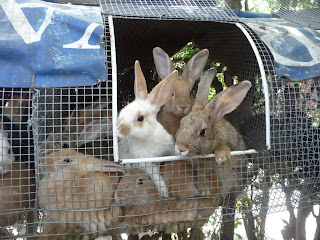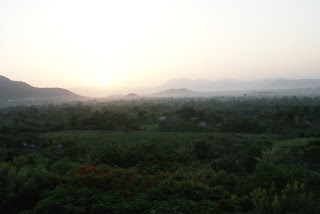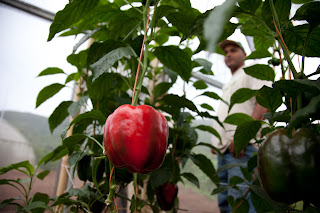Photo Contest promoting entrepreneurs in Developing Countries
This could be an way to put all those photos to work and make a few dollars for Makouti or another project in Haiti. Haiti is loaded with entrepreneurs. Go to the website and check it out. http://www.sevenfund.org/entrepreneur-image/index.php “I Am An Entrepreneur” Photo Competition Contest details Cambridge, MA – December 1, 2009 – The SEVEN Fund is pleased to announce the ‘I Am an Entrepreneur’ photography competition. This competition recognizes the outstanding use of photography to tell compelling stories of role model entrepreneurs from around the world. Anyone is welcome to participate in this competition. The competition will award twelve (12) prizes, one per month, over a period of one year. Each month, one finalist will be selected and will receive a prize of $100. The grand prize winner (selected from among the 12 finalist photographs) will receive $1,000 at the end of the year. Often, the imagery associated with developing nations captures the misery that accompanies pov




